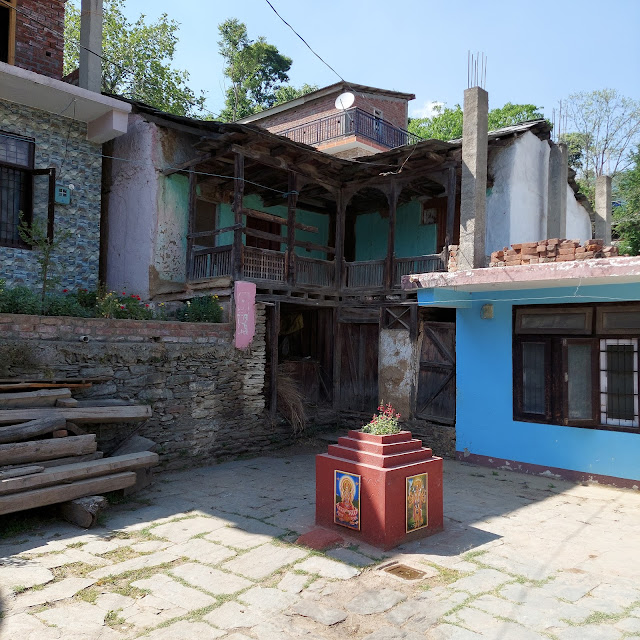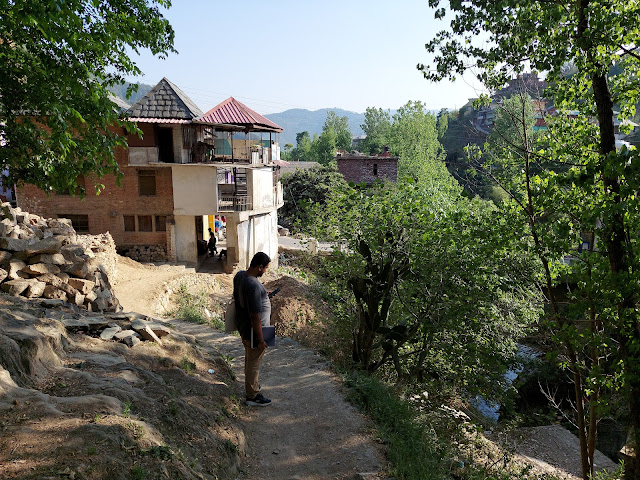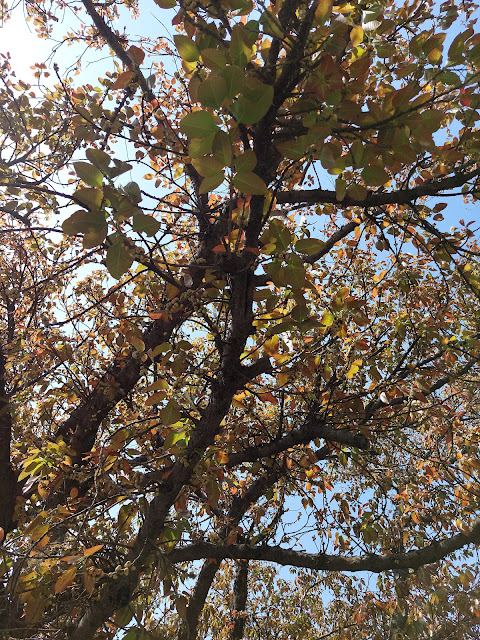Pangana is a small town in the state of Himachal Pradesh. I visited it as a part of the settlement studies program with students. The place is about 5 hours away from Shimla and 10 hours away from Chandigarh. We were put up at the HPTDC Mamleshwar hotel which accommodated about 49 of us.
The most interesting part about this place was the warm hearted people - the pahadis - who were so giving and caring. For the 6 days that we spent there, they opened their hearts out to us, making space for us in their homes, preparing us beverages, serving us fruits, telling us about the place, singing for us, dancing with us. Some of them even gave gifts that they knitted out of wool over the days we were there.
The overall town used to be organized around the fort-temple tower just adjoining the fort walls. The king patroned a few people to establish their shops along the old market street that branched to the temple. This market street however, is hardly active. A new market street has emerged in the town that caters to vehicular traffic and new enterprises.
The primary occupation of the people here is agriculture - they grow apples, peas and other vegetables that are exported as well as consumed in the village. The more recent enterprises people have began are transport and local departmental stores. The centre of the village is occupied by the upper caste population, while the lower caste people are on the upper margins of the village. Geographical proximity is the primary indicator of caste difference in the village.
The built form of the town is fast transforming from older shingle / slate roof houses to concrete construction primarily because it is the image of the modern and easier to maintain. Maintenance of the house was also primarily a female activity, hence women are generally invested into new construction techniques. Older houses are planned around courtyards and wrapped through verandahs. Walls are made up of slate and floors are made in wood.
The entire town winds around the temple. Most roads lead to the temple fort, and it is the focus of the town - visually as well as organizationally. Houses are nestled in their landscapes. Most houses have fruit plantations like berries or pomegranate. People have an innate knowledge about every grass that grows around them. They understand their properties for different everyday purposes - from construction to medicine. There are some commonly owned fruit trees which are not claimed by any one from the town in particular. Roses grow in abundance, along with a variety of succulents that erupt from the crevices of the mountain embankments.
The fort temple is the most complex and rigorous building demonstrating the traditional kaat-koni method of construction. While spatially simple, it weaves around numerous myths and history around which the village rhythm revolves. There is nothing more to take away that the old school slow timeless charm that one can only enjoy in the quietude of this town and its people.






































